千年古钱‘妬邑三孔布币’收藏价值揭秘
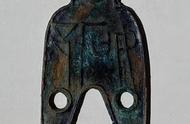


布币,因形状似铲,又称铲布,从青铜农具鎛演变而来,是中国春秋战国时期流通于中原诸国的铲状铜币。铲状工具曾是民间交易的媒介,故最早出现的铸币铸成铲状。最初的布币,保留著其作为工具的模样,留有装柄的的銎,原始而厚重,后来逐渐减轻,变薄,变小,币身完全成为片状,便于铸造和携带。布币是中国古代货币,因形状似铲,又称铲布。中国春秋战国时期流通于中原诸国的铲状铜币。铲状工具曾是民间交易的媒介,故最早出现的铸币铸成铲状。
布本为麻布之意,麻布也是交易媒介之一。当铜币出现后,人们因受长期习惯的影响,仍称铜钱为布。但前人也有的认为布即钱鎛之鎛的同音字。布币分空首布和平首布。布币,春秋早期出现,直至战国晚期铸行并流通的铲形货币。“布”是“鎛”的同声假借字,在古代通用。布币是从青铜农具鎛演变而来的,主要在三晋、两周地区通行。按布币形状划分,可分为空首布、平首布两大类。
三孔布是古泉五十珍之一。“妬邑”三孔布币首及两足各有一圆形穿孔,面文为“妬邑”二字布币,约铸于西元前422-西元前386年之间,在战国早期。 钱文为大篆。,著名古文字学家张颌认为, 三孔布上的“妬邑”二字即指战国名城石邑。
《括地志》云:“石邑故城在恒州鹿泉县南三十五裡,六国时旧邑。”《元和郡县图志》:今镇州石邑县,本战国中山邑也,汉因置县。《史记·赵世家》载赵武灵王二十一年,攻中山,取石邑。根据考古资料,在今鹿泉市南故邑村西北发现的石邑故城遗址,是创建于春秋,延续至隋朝的一座千年古城,城内发现了许多战国时代文物,证明此城早在战国、秦汉时已具相当规模。石邑附近铜矿丰富,冶金技术水准高且历史悠久。
三孔布是有三个孔的圆足布,是战国末期由秦铸行的一种圆足平首布,其特点非常显著:圆肩、圆首、圆裆、圆足,与圆足布特徵相似,不同之处是在其首部和两足之上各有一个圆形的穿孔,因此而得名三孔布或称三窍布。 三孔布断代归属大致有三种说法:一、赵国铸;二、秦占赵地后铸;三、中山国铸。三说中,以目前资料论证,似为战国晚期铸币,可能属于赵国所铸。 三孔布发现较晚,传世品极稀少,极其珍贵。 文字清晰,边廓整齐,品相完美,通体老坑传世古色,为先秦货币中著名珍品。
三孔布币是中国春秋战国时期流通于中原诸国的铲状铜币,历经千年的风风雨雨,保存却很完整,实属难得。如今发现的“三孔布”大概有三十种,实物除博物馆藏品外目,大多流失海外。这种布币传世极少,非常珍贵,属于传世佳品,为历代藏家所重,值得收藏。
Bubi, due to its shape like spade, also known as zhanbo, was developed from the bronze agricultural tools and Bolas. It was a spade-shaped copper coin circulated in the Central Plains during the Spring and Autumn Period and the Warring States Period of China. Spade-shaped tools used to be the medium of folk transactions, so the earliest coins were spade-shaped. The original scrip, which retained its shape as a tool, on Shenping, was primitive and thick, but gradually weakened, thinning and shrinking, turning itself into a sheet, easy to cast and carry. Cloth coin is the ancient Chinese currency, because of the shape of the shovel, also known as shovel cloth. The spade-shaped copper coins circulated in the Central Plains during the Spring and Autumn Period and the Warring States Period. Spade-shaped tools used to be the medium of folk transactions, so the earliest coins were spade-shaped.
Cloth originally means linen, linen is also one of the media of exchange. When copper coins appeared, people because of the influence of long-term habits, still called copper coins for cloth. But some predecessors thought that Bu was the homophone of the qian Boland Boland. The cloth coin is divided into empty first cloth and first cloth. Cloth coin is a spade-shaped currency that appeared in the early Spring and Autumn Period and circulated until the late Warring States Period. "Bu" was the simultaneous Boland and was commonly used in ancient times. Bubi was developed from the bronze agricultural tools and Bolas, and was mainly used in Sanjin and Liangzhou regions. According to the shape of the coin, it can be divided into two categories: empty first cloth and flat first cloth.
Sankongbu is one of the 50 treasures of ancient spring. "妬 cities" three hole cloth and bipedal each have a circular perforation, surface article as "妬 cities" word cloth, casting about BC, between 422-386 BC in the early warring states. The money text is big seal script. , a famous ancient scientist jaws that three holes on the cloth "妬 cities" word refers to the warring states city Shi Yi.
"Kuo Zhi Zhi" said: "Shiyi old city in Hengzhou Luquan County 35 li south, the six states of the old city. "Yuan and county map" : this town Shiyi County, the Warring States Zhongshan Yi also, Han because of the county. "The Records of the Historic Records · The Family of Zhao" shows that King Wuling of Zhao attacked Zhongshan and captured Shiyi in the 21st year. According to archaeological data, the ruins of Shiyi Ancient City, found in the northwest of Nanguyi Village, Luquan City, was a thousand-year old city founded in the Spring and Autumn Period and continued to the Sui Dynasty. Many relics of the Warring States Period were found in the city, which proved that the city had a considerable scale as early as the Warring States Period, Qin and Han Dynasties. Shiyi nearby rich copper, metallurgical technology and a long history of high level.
The three-hole cloth is a round foot cloth with three holes. It is a round foot flat head cloth cast by the Qin Dynasty in the late Warring States Period. Its characteristics are very significant: round shoulder, round head, round crotch and round foot. There are three theories about the dating attribution of three-hole cloth: First, Zhao State Casting; Second, Qin occupied Zhao after casting; Third, Zhongshan National Casting. Three said, according to the current evidence, it seems to be the late Warring States coins, may belong to the state of Zhao cast. Three hole cloth was found late, handed down products are very rare, extremely precious. The characters are clear, the edges are neat, the appearance is perfect, the whole body is old pit handed down ancient color, and it is a famous treasure in pre-Qin currency.
The three-hole cloth coin is a spade-shaped copper coin circulated in the Central Plains during the Spring and Autumn Period of China and the Warring States Period. It has survived thousands of years of ups and downs, but it is very intact, which is rare. About 30 kinds of "three-hole cloth" have been discovered, most of which have been lost overseas, except in museum collections. This kind of cloth coin is very rare and precious. It belongs to the best products handed down from generation to generation. It is worth collecting for the collectors of all ages.

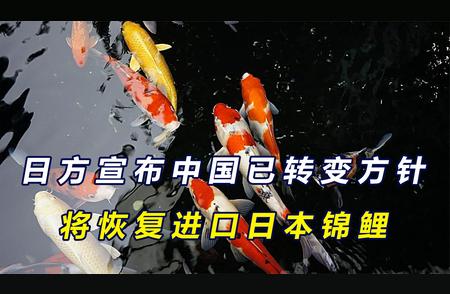
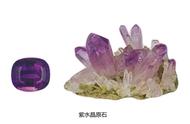

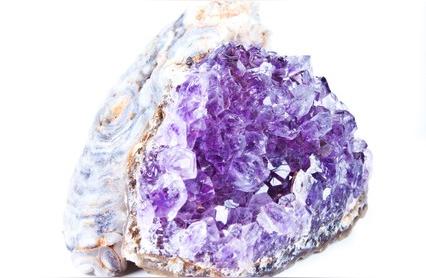
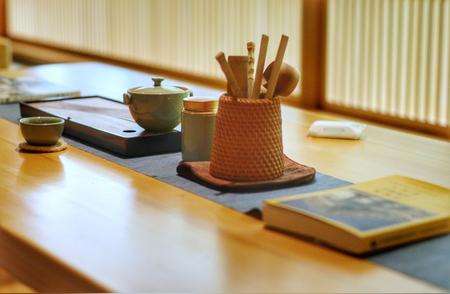
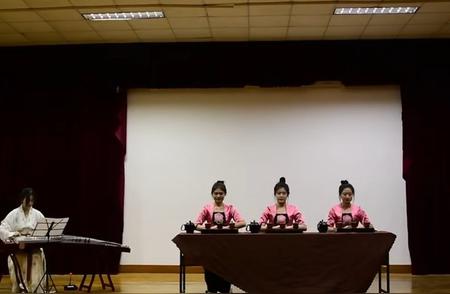
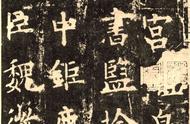



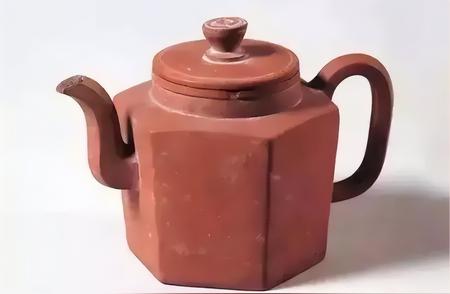
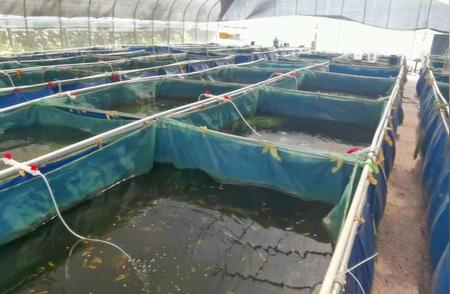
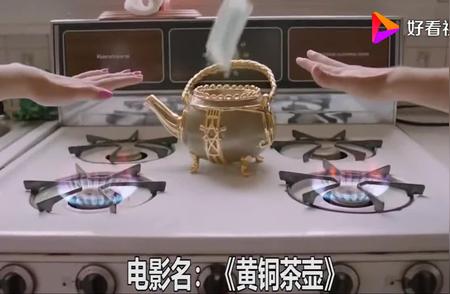

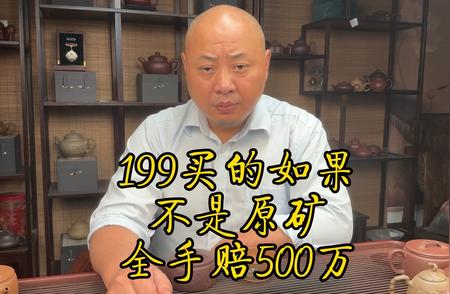
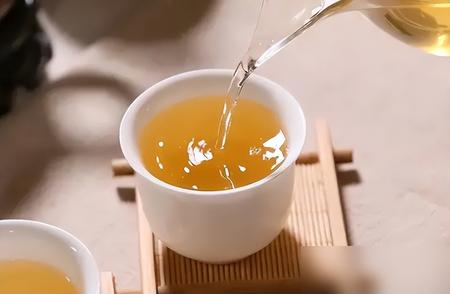
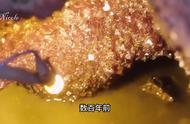

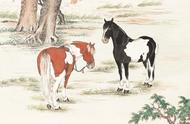
 鲁公网安备37020202370207号
鲁公网安备37020202370207号